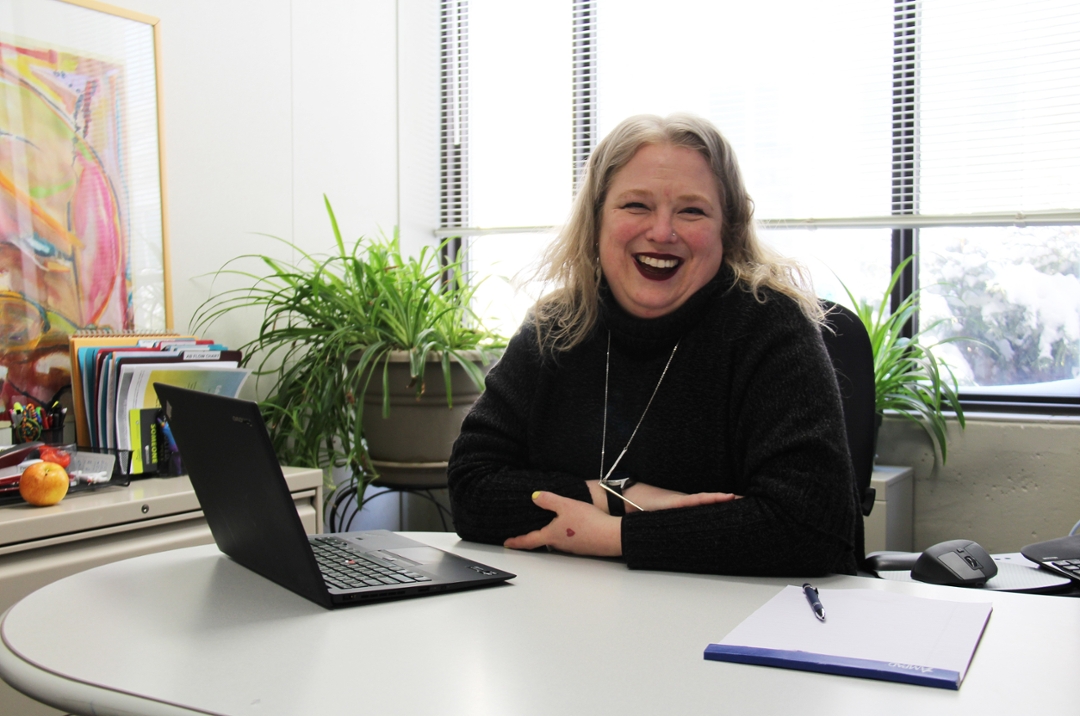
Reading software saves students from stumbling over medical terminology
Reading is one requirement for studying that is nearly universal for all students. Sometimes students need alternative ways to remember that information.
By Kristen McEwenChloe Corcoran, a student advisor in assistive technology with Access and Equity Services, came across a solution for University of Saskatchewan (USask) students a couple of years ago – a reading software called Read&Write.
“From the student perspective, it’s about getting the information into their brain and then making sure it will stay there so they can recall it later on,” Corcoran said.
The software supports reading, writing, studying and research involving digital text, whether it be online, Word or PDF documents. Features include digital text read out loud to improve comprehension, the ability to highlight and copy text to create study guides, and a built-in spell checker.
Another benefit is that the software can also take text from documents and webpages and turn it into audio files. If students don’t want to stay at a desk, or stare at a screen, they can download audio files and study while doing other tasks.
“It’s necessary for some students because of disabilities, headache, stressed, overwhelmed, tired, it’s bright or it’s dark – there are times where we hate having to read ‘digitally,’” she added.
Corcoran initially learned about the software at an international technology conference and she arranged to bring it to campus. As a bonus, the company selling the software, Texthelp, Included an add-on called “Read&Write for Professionals.”
USask is the only post-secondary in Canada that has this professional reading software, which has more than 50,000 words to help people studying and working in medicine, law, engineering, among other professions.
Sometimes software can stumble over medical terminology when reading out loud. This program doesn’t have that problem.
“The person is pulled out of their concentration, and then they have to go find the word,” Corcoran said. “But this (medical dictionary) does not stumble over those words.”
Corcoran has personal experience using reading software – she started using it when she was a student. Her reading disability causes her to miss words while she’s taking in information.
“I need to be able to have that ability to listen to things sometimes, so I don’t miss (information),” she said.
“There’s nothing more frustrating than knowing you have to read something and you have to pay attention but you can’t for whatever reason.
Corcoran sees the benefits of the software in her daily life. As a university employee, she continues to use reading software while she works.
She noted that when people think of disabilities, they often think of someone who is blind or needs to use a wheelchair. However, of the 2,000 students who use Access and Equity Services on campus, the majority have a “hidden” disability, including learning disabilities or mental health issues.
Making this software widely available to students, staff and faculty on campus helps reduce the stigma around accessing a tool to be used in everyday life.
“There’s an assumption you have to look a certain way to use certain things, but what I like about this is that anyone can use it,” Corcoran said.
Anyone with a USask NSID can access the program. Search the ICT website to find and download the Read&Write software.
